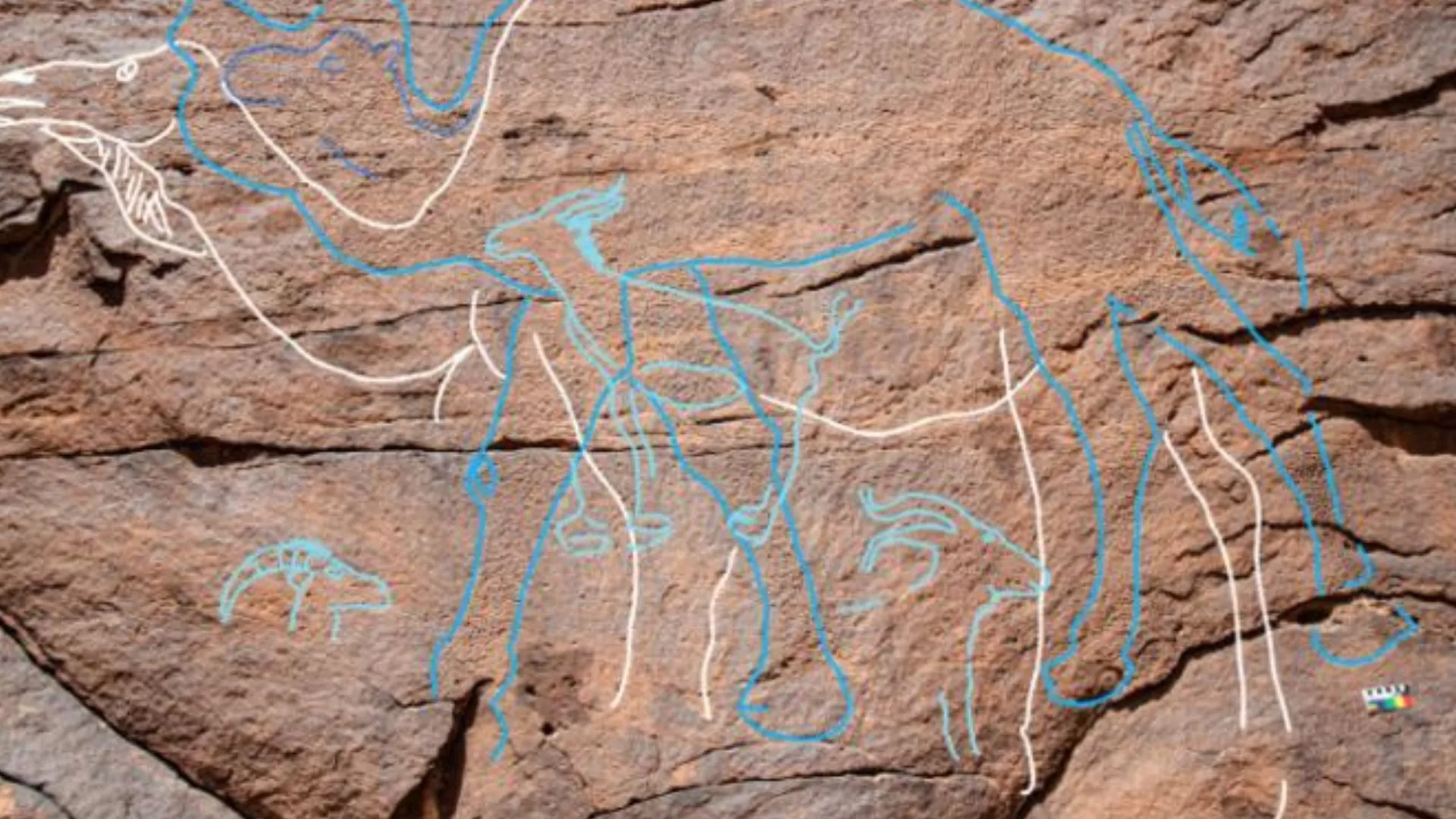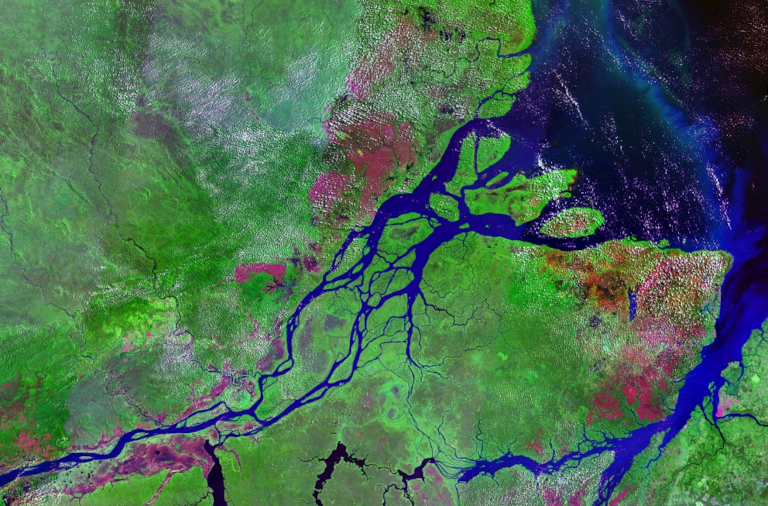
Over 12,000-year-old camel rock art shows how early humans once thrived in the rough Nefud Desert of northern Saudi Arabia.
The art’s true intention is a mystery, but evidence suggests it may have served as “ancient road signs” to desert water sources.
An international team of archaeologists under project Green Arabia Project announced the findings on September 30.
“This unique form of symbolic expression belongs to a distinct cultural identity adapted to life in a challenging, arid environment,” said Dr Faisal Al-Jibreen, from the Heritage Commission, Saudi Ministry of Culture.
Over 176 engravings found
The animal carvings were discovered in three sites on the southern rim of the Nefud Desert: Jebel Arnaan, Jebel Mleiha, and Jebel Misma.
The sites included over 60 rock art panels and 176 engravings featuring camels, ibex, equids, gazelles, and aurochs.
Notably, the collection depicts 130 remarkably large, realistic figures; some carvings reach 3 meters long and over 2 meters high.
Most of these rock engravings were created between 12,800 and 11,400 years ago.
“These large engravings are not just rock art – they were probably statements of presence, access, and cultural identity,” said Dr Maria Guagnin, lead author from Max Planck Institute of Geoanthropology, in the press release.
Earlier Saudi Arabian petroglyphs date back to a more recent time, around 8,000 years ago
The latest findings are pushing back the timeline of human activity in northern Arabia’s Nefud Desert by approximately 2,000 years.
Previously, evidence of human life in the region between 25,000 and 10,000 years ago was limited, as the area was considered too arid and dry.
It was believed that human activity began around 10,000 years ago with the appearance of water oases.
However, the recent art uncovering offers clues to the environment around 12,000 years ago, indicating an earlier human presence.
Fresh water sources possibly enabled human expansion in the desert interior region.
The researchers confirmed the presence of ancient water sources through sediment analysis.
Navigational and territorial markers
As per the study, the ancient rock art served as a vital practical purpose for the early desert communities.
Apart from the artistic expression, the carvings likely acted as visual markers for water sources and key travel routes.
The engravings were carved onto towering cliff faces — some reaching 39 meters high — in highly visible and commanding locations.
It shows that the ancient artists had to climb and work dangerously on narrow ledges, highlighting both the huge effort and the importance of the art.
Researchers also propose that this artwork likely held social meaning, potentially signifying territorial rights over key resources.
“The rock art marks water sources and movement routes, possibly signifying territorial rights and intergenerational memory,” said Dr Ceri Shipton, co-lead author from the Institute of Archaeology, University College London.
Furthermore, artifacts such as Levantine-style El Khiam and Helwan stone points, green pigment, and dentalium beads were also unearthed from the site.
It suggests that the ancient Arabian groups had long-distance connections with Pre-Pottery Neolithic (PPN) populations in the Levant region.
The research team also included KAUST (King Abdullah University of Science and Technology) and Griffith University.



